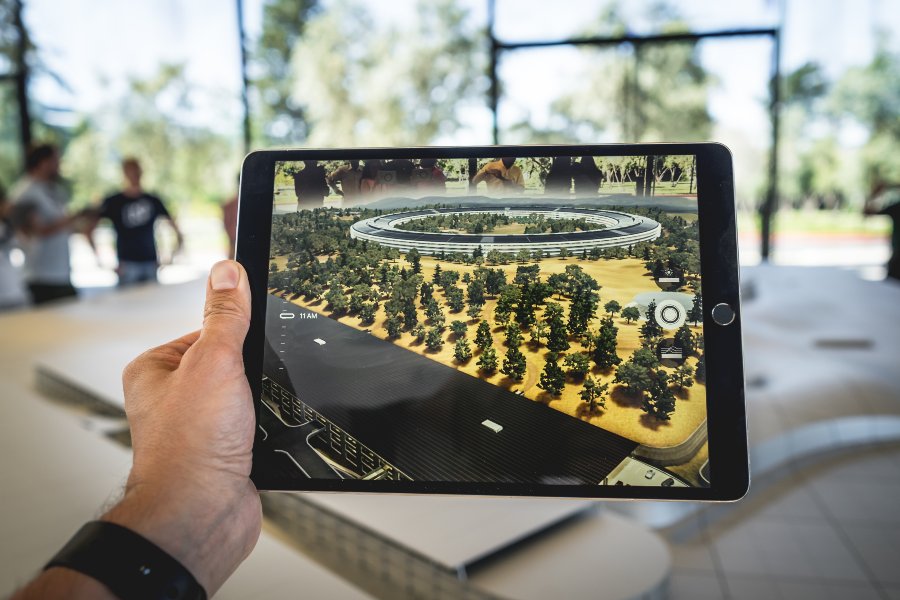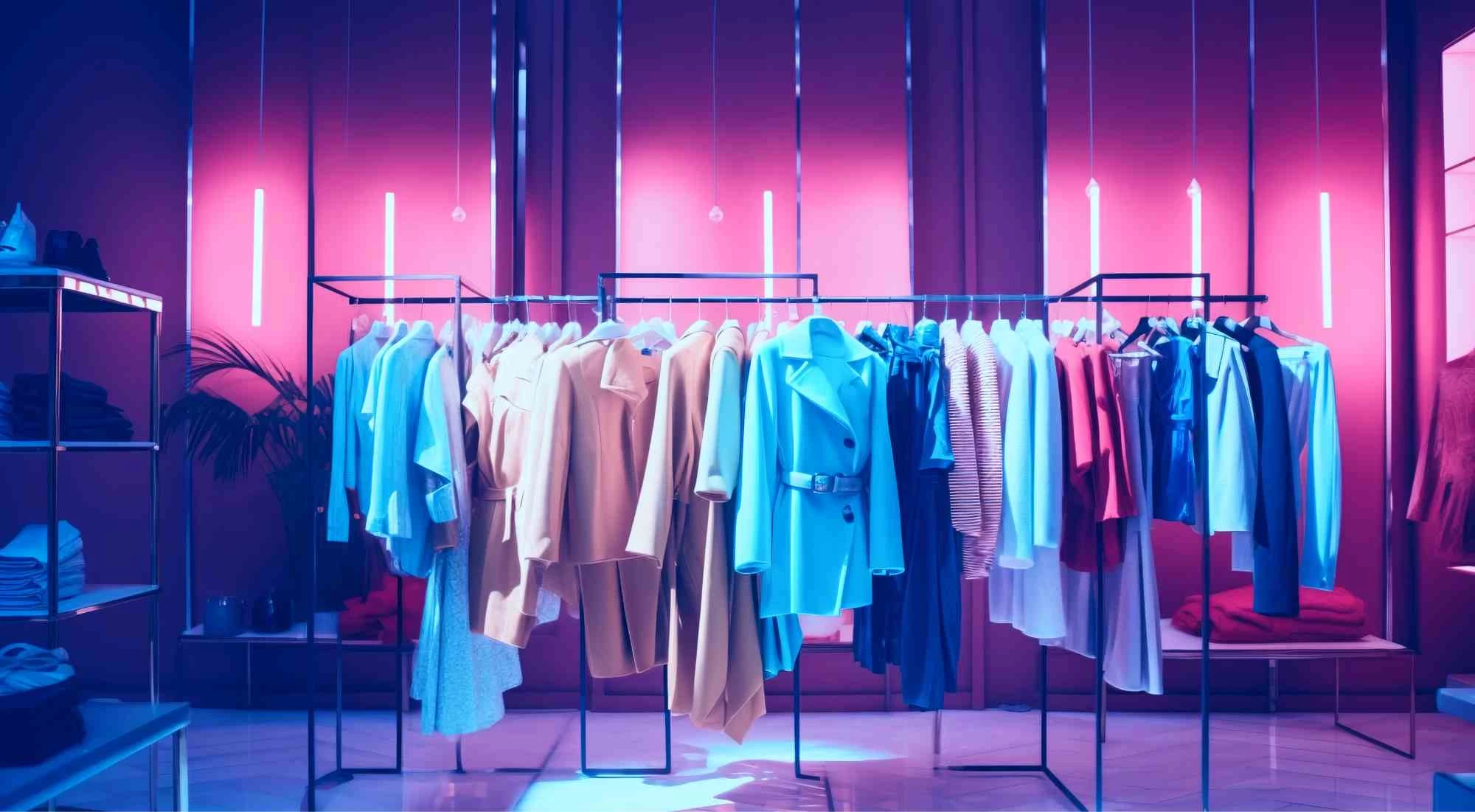Per data from an industry report by Market Research Future, the global augmented reality (AR) market size is expected to reach an estimated 460 billion USD by 2030, growing at an accelerated compound annual growth rate (CAGR) of 41.50% from 2020 to 2030.
The global emergence of AR, as evidenced by its rapid market growth, can be attributed to its adaptability as a tool, especially in professional industries like retail. Should businesses utilize AR technology, it will provide several transformative benefits in 2023 and beyond.
Utilizing Augmented Reality Technology
Compared to virtual reality (VR), which creates an entirely virtual experience for consumers through VR headsets, AR utilizes more commonly accessible devices like smartphones to create an interactive experience that combines real-world settings and computer-generated content. This capability undoubtedly bolsters the growth of the retail industry, as AR can be flexibly applied to brands’ operations depending on their need.
For instance, AR technology allows consumers to visualize how products look in their space in real time through smartphones, tablets, and other AR-capable devices. This is especially useful in retail segments like home furnishings, wherein AR technology can help shoppers visualize how furniture will look in their homes.
Meanwhile, in other retail segments like cosmetics, data has revealed that AR applications can significantly improve brand success and an individual’s shopping experience. A marketing study by the Kellogg School of Management analyzed the effectiveness of AR features on shopping applications and found that AR technology created a significant positive impact. By enabling consumers to try on products like lipstick virtually, the AR function increased consumer purchase rate by almost 20%, effectively boosting overall sales.
Further applications of AR can be seen in other sub-sectors, like the fashion and luxury segments. Last February 2023, the famous French luxury goods manufacturer Cartier recently deployed an AR experience on the popular social media platform Snapchat. Through Snapchat’s AR feature, Lenses, Cartier produced a virtual storytelling campaign featuring one of its most iconic products, the Tank watch. The AR-enabled experience allowed customers to “travel” back in time to several periods associated with different iterations of the Tank line, eventually leading to 2023, wherein you could virtually fit the latest Cartier Tank.
In Asia specifically, Singapore-based baby care brand Alobaby launched a gamified Instagram filter for International Women’s Day using AR technology. In addition to generating brand awareness, the filter acted as a marketing strategy, with discount codes awarded depending on the user’s total score. Other examples of businesses in Asia utilizing AR technology include automotive companies like BMW, wherein shoppers can enter a virtual showroom that allows them to customize vehicles’ features.
Aside from transforming consumers’ shopping experiences, the emergence of AR signifies how technology informs business decisions in the retail industry. Those in the retail sector, and even other industries, are quickly recognizing the value that smart technology tools provide in aspects like marketing and business strategy. Stakeholders should anticipate a rise in tech-driven business approaches as AR and related tools like VR and AI become more widely available.
Regardless of industry, AR’s ability to engage online shoppers more than previous tech tools is rapidly bolstering the growth of businesses amid the digital age. With consumers and businesses relying on AR to enhance their shopping experience, AR will likely reshape the retail industry’s business landscape.
To get insight into digital transformation trends closely related to tools like augmented reality (AR), subscribe to our newsletter here and check out these reports:






